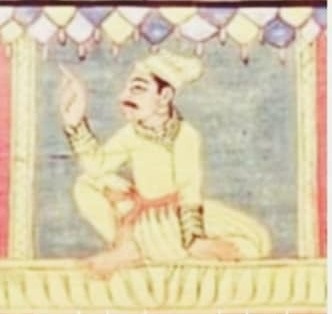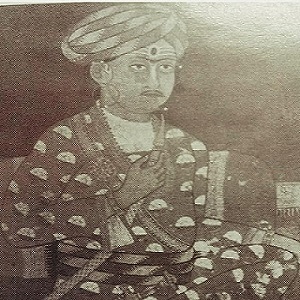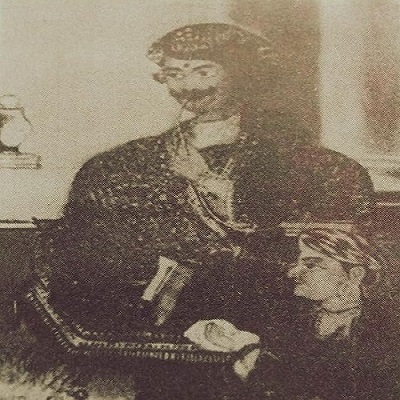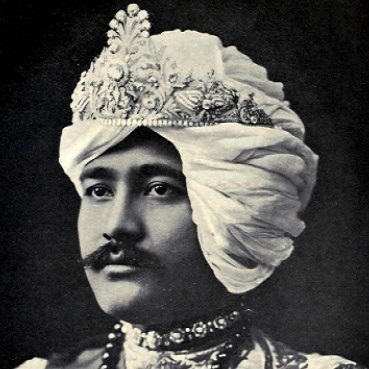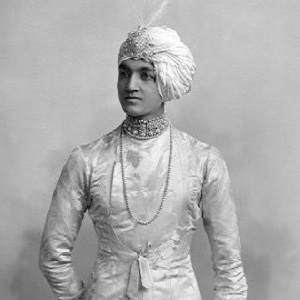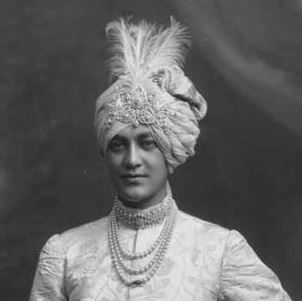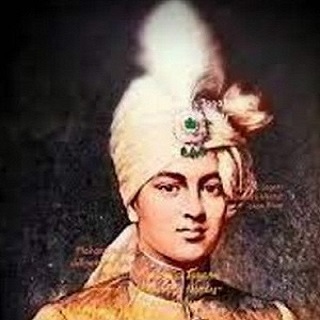When from use of currency came in vogue in the ancient Pragjyotispur or Kamrup is not exactly known. Emperor Samudragupta, Kings of Hun dynasty, Pal & Sen dynasties ruled over Kamrup over decades. But no currency belonging to their age was discovered in this region. A few coins were discovered in 1863 A.D. near Gosanimari Kasteswari Temple contained within ancient kingdom of Kamtapur. Of them currency belonging to Hosen Shah and Pathan Sultan of Delhi were identified. But no currency of King Nilambar of Kamtapur could be traced. Maharaja Viswa Singha became the king of Kamtapur after Nilambar. But there is no trace of Maharaja's currency. He was descended by Maharaja Nara Narayan. Few silver coins of his time (1554 - 1587 A.D.) has been discovered.
The currency of the Koch Kings were named as "Narayani" after the royal surname "Narayan" of the dynasty. Those currency were in vogue in entire North Bengal including states of Nepal, Bhutan, Sikkim and Assam. In 1773 A.D., when princely state of Cooch Behar was transformed into a friendly state of the British, about 40 - 50 thousand Narayani silver coins used to be issued in the village of Takagachh under the "Bhandar Thakur". While entering into agreement with East India Company, Maharaja of Cooch Behar tried to retain the power/authority to issue currency in His name. In 1774 A.D. Governor General and Revenue Council notified ban on acceptance of Narayani currency. At that time in Rangpur region use of Sikka, Narayani, Parsi, Arkot currency were in practice. Finally during the time of minor Maharaja Harendra Narayan British officials totally stopped the use of Narayani currency. After that on 27th December 1845 A.D. Indian Government commanded the British Agent to shut down the mint at Cooch Behar. In 1866 British Government made it mandatory by law to use its own issued currency.
- Rules Saka 1477-1509, AD 1555-1587
- Rules Saka 1509-1548, AD 1587-1627
- Rajsaka 78-118 Cooch Behar era
-
Rules
Saka 1510-1525, AD 1588-1603
in the Eastern Kingdom
-
Rules
Saka 1525-1535, AD 1603-1613
in the Eastern Kingdom
- Rules Saka 1548-1633, AD 1627-1633
-
Rajsaka 117-156
in the western Koch Kingdom
- Rules AD 1633-1665
- Rules AD 1661-1663
- Rules AD 1665-1681
- Rules AD 1681-1683
- Rules AD 1683-1695
- Rules AD 1695-1715
- Rules AD 1715-1763
- Rules AD 1763-1765
- Rules AD 1765-1770
- Rules AD 1770-1772
- Rules AD 1772-1775
- Rules AD 1775-1783 2nd time
- Rules AD 1783-1839
- Rules AD 1839-1847
- Rules AD 1847-1863
- Rules AD 1863-1911
- Rules AD 1911-1913
- Rules AD 1913-1922
- Rules AD 1922 -1949
